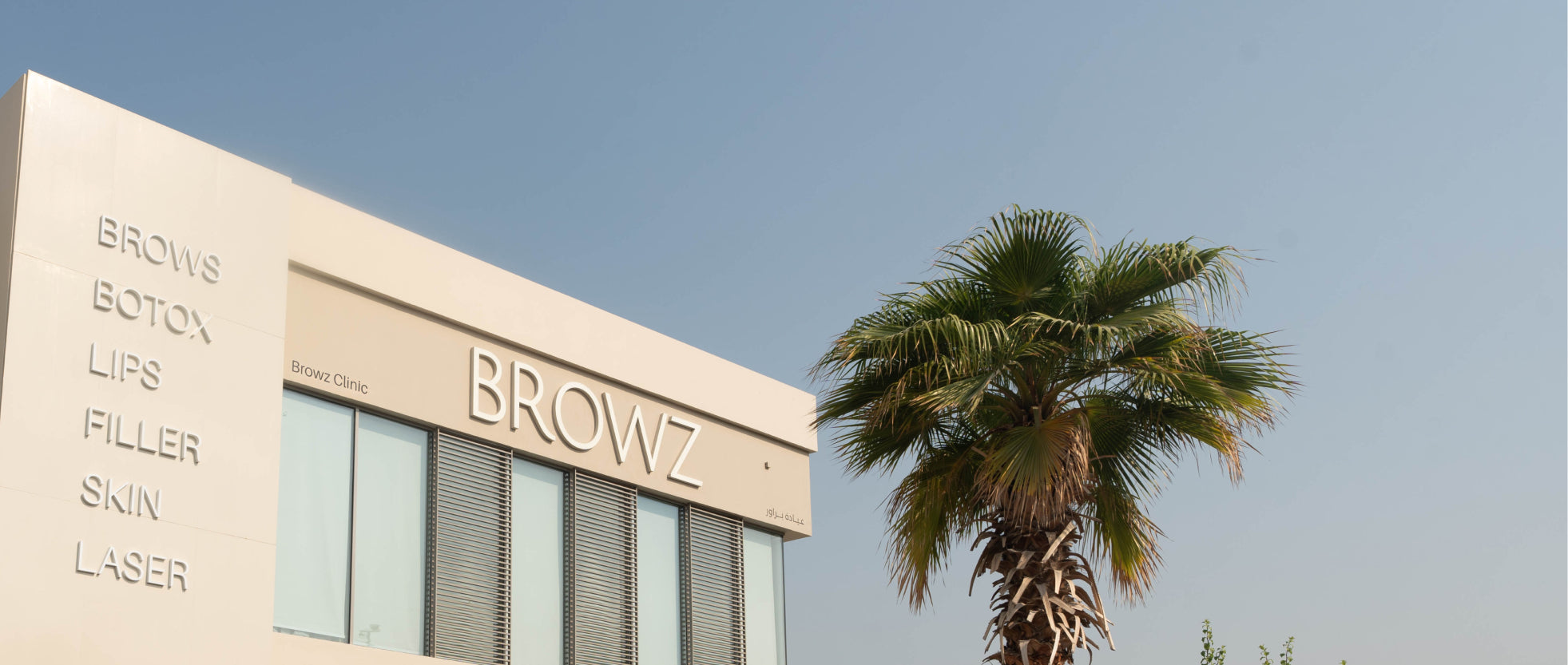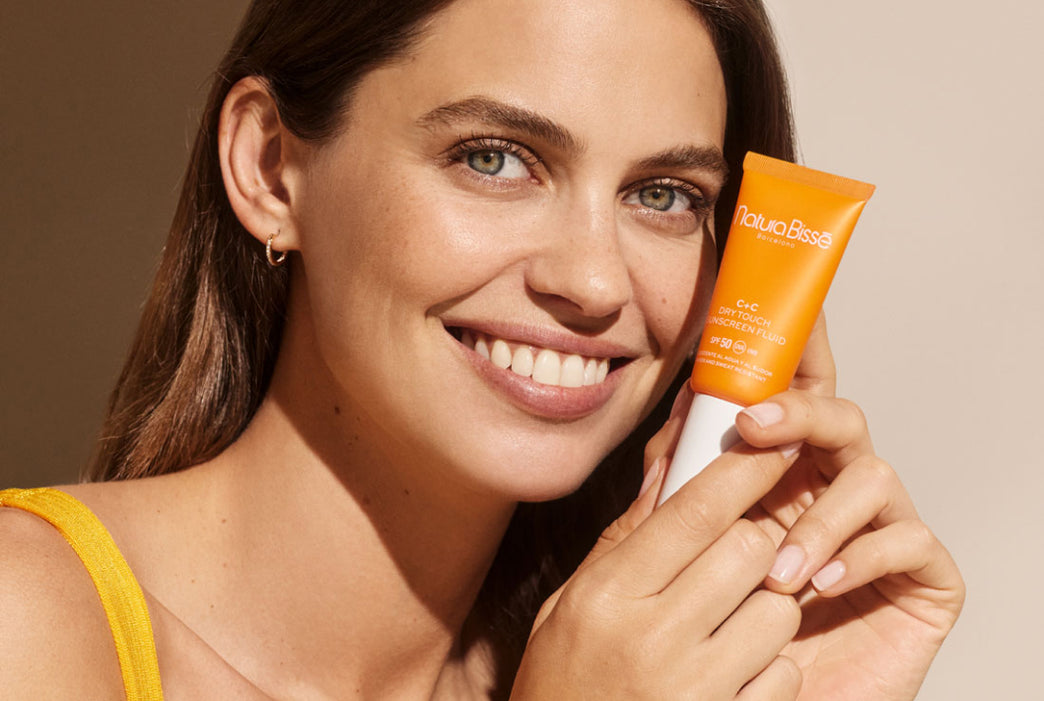Overview
Lower Blepharoplasty focuses on rejuvenating the area beneath the eyes by addressing puffiness, under-eye bags, and sagging skin. These concerns can result from aging, genetics, or lifestyle factors, giving the face a tired or aged appearance. Lower eyelid surgery removes or repositions fat deposits, tightens skin, and smooths the under-eye area, restoring a refreshed, youthful look.
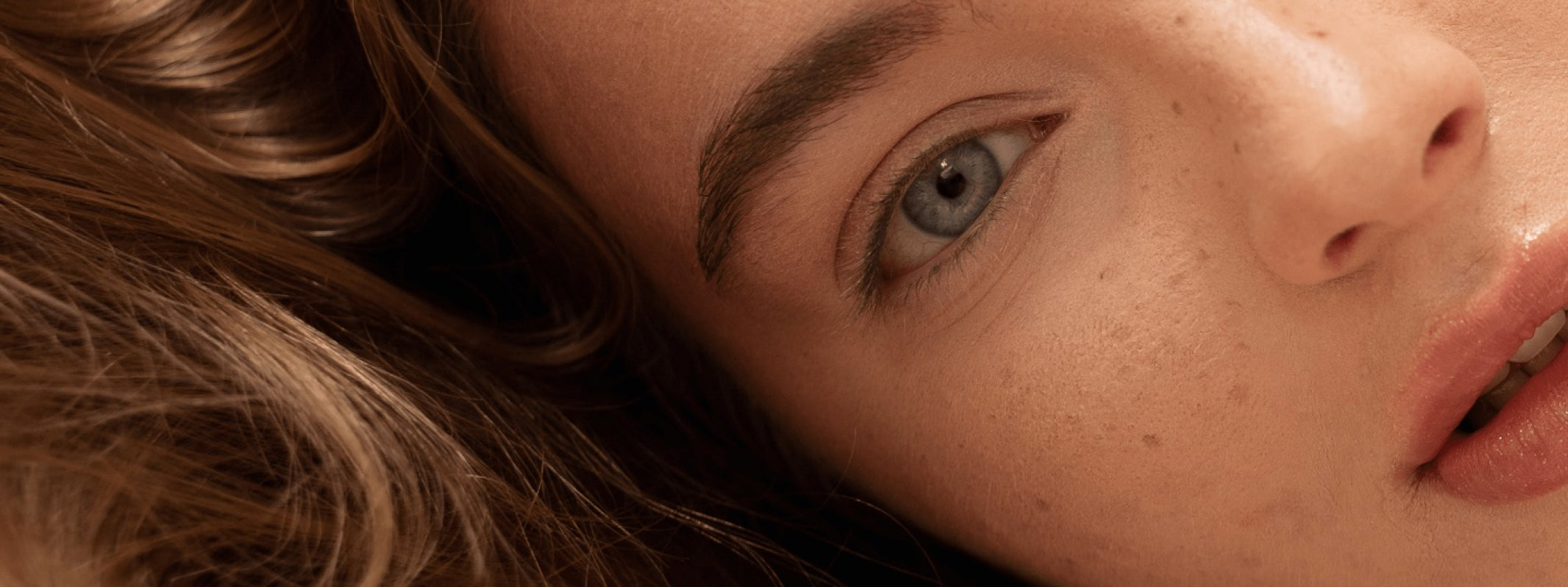
Speak to our patient advisor.
Is Lower Blepharoplasty Right for Me?
You are an ideal candidate for Lower Blepharoplasty when you:
You have under-eye bags, puffiness, or sagging skin.
Non-surgical treatments have not provided the desired results.
You are in good health and have realistic expectations.
You want a rejuvenated and refreshed under-eye appearance.
About the Procedure
Lower blepharoplasty is performed under local or general anesthesia, lasting about 1–2 hours. Incisions are typically placed just below the lower lash line or inside the eyelid to ensure minimal visible scarring.
Excess fat and skin are removed or repositioned, and the area is tightened for a smoother contour.
Recovery involves mild swelling and bruising, which typically subside within 2 weeks. Results improve over time as the under-eye area heals, revealing a more youthful and alert appearance.
Your Surgery Journey
Case Study
1
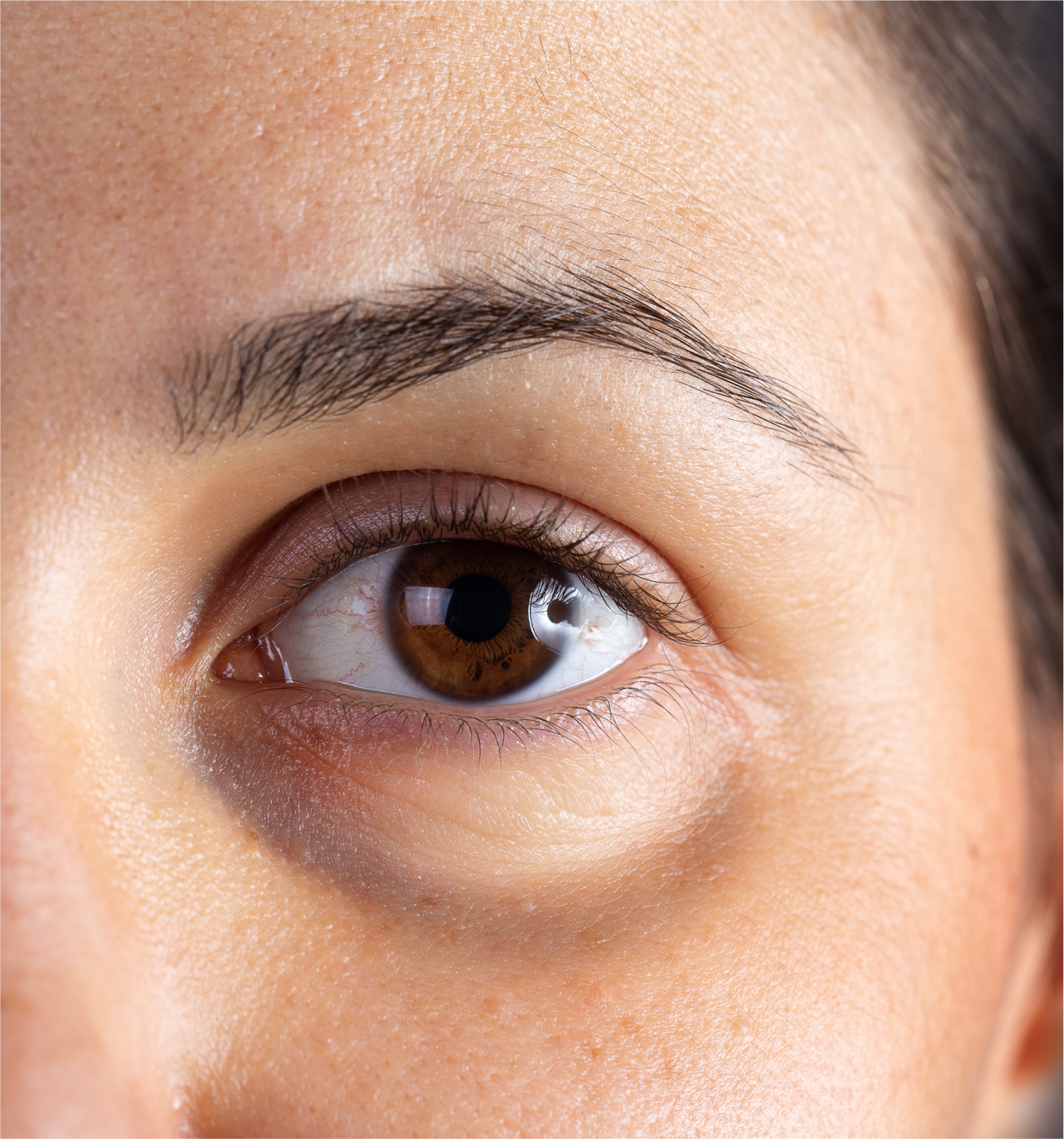
Before
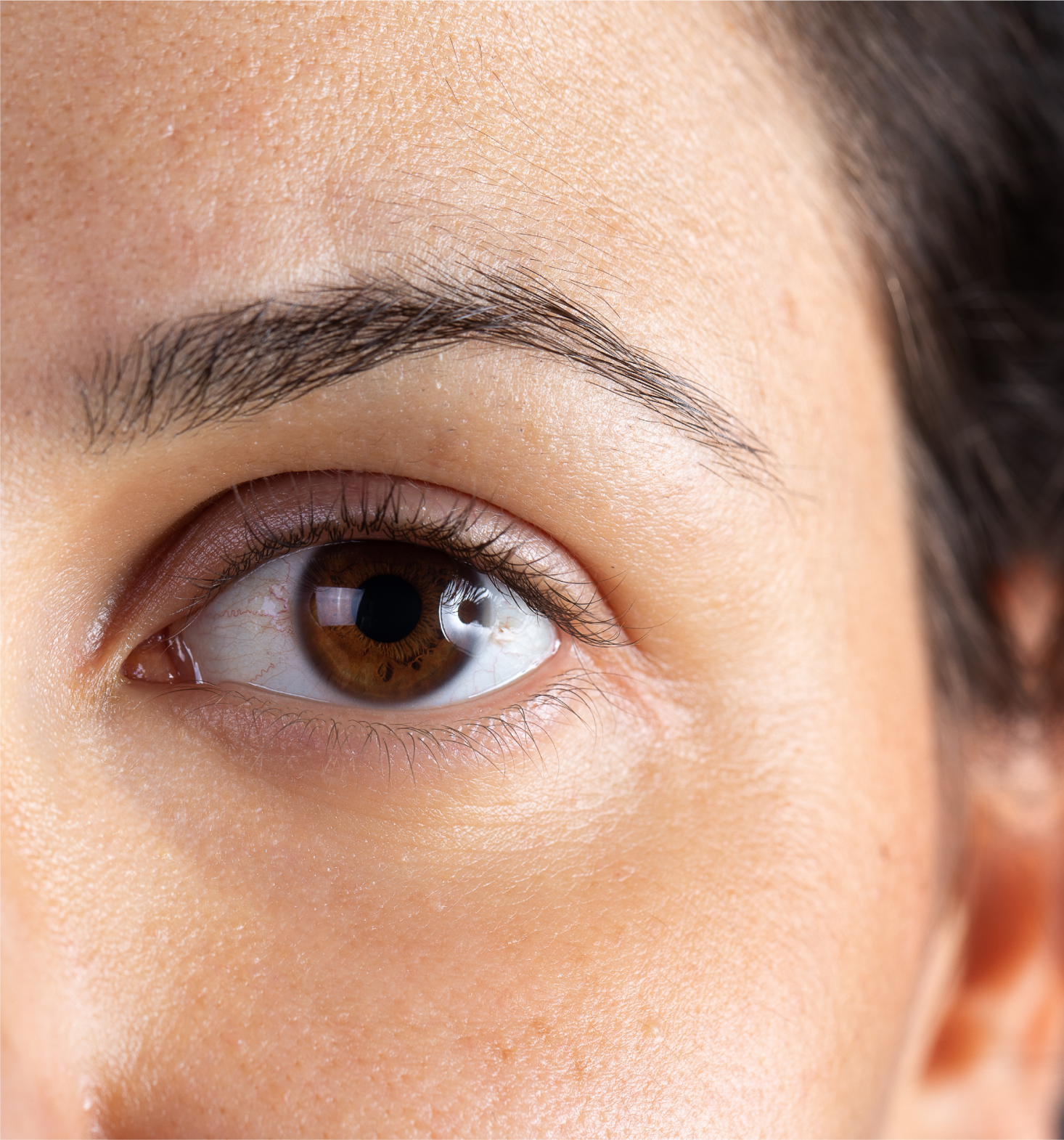
After
Frequently Asked Questions
Incisions are discreetly placed and become virtually invisible after healing.
Initial results are visible within weeks, with final outcomes appearing as swelling subsides.
Lower blepharoplasty offers long-lasting results, though the natural aging process will continue.
Yes, it can be combined with procedures like upper blepharoplasty or facelifts for a comprehensive rejuvenation.
Risks include swelling, bruising, or temporary dryness. Choosing an experienced surgeon minimizes these risks.
